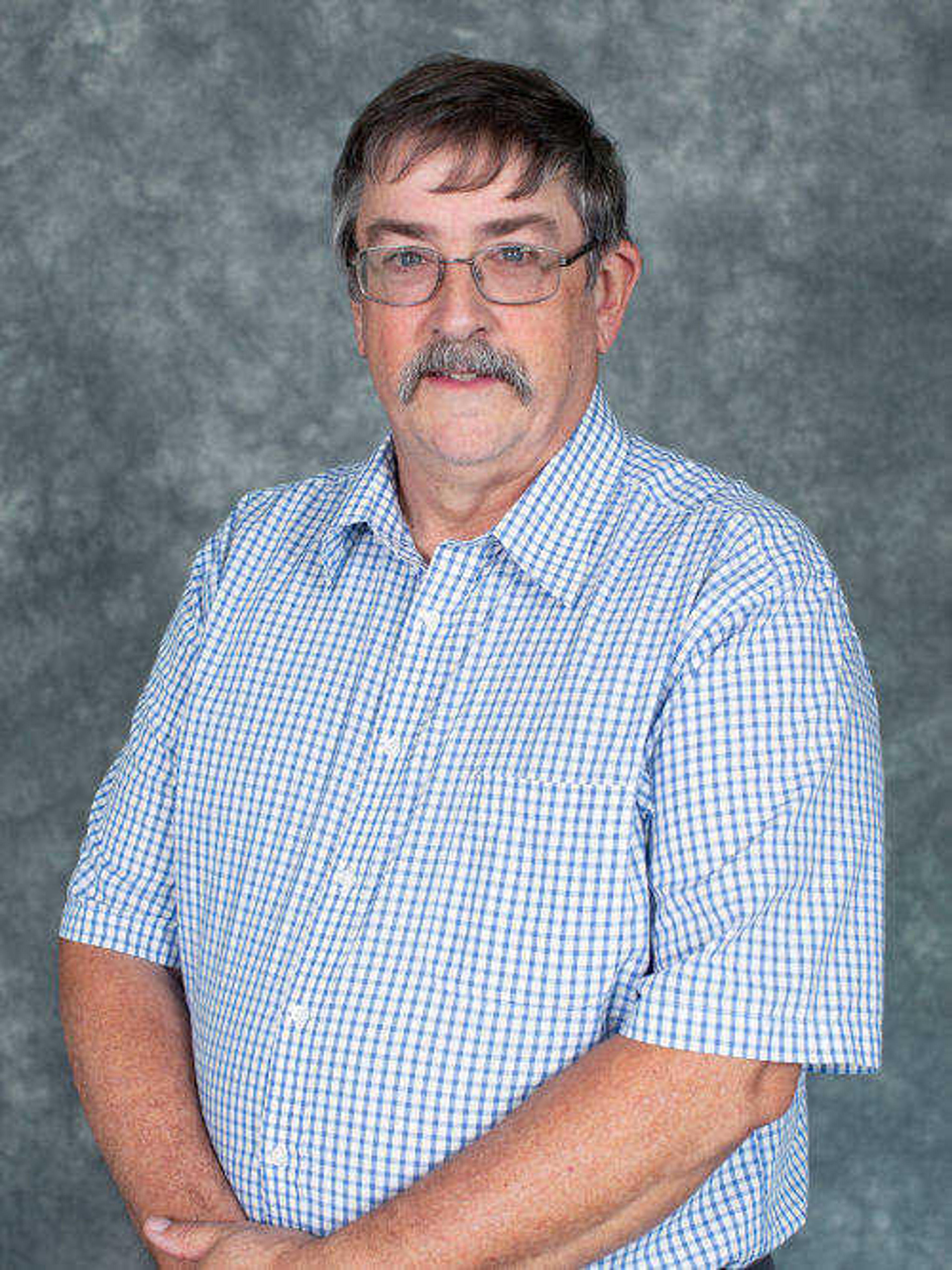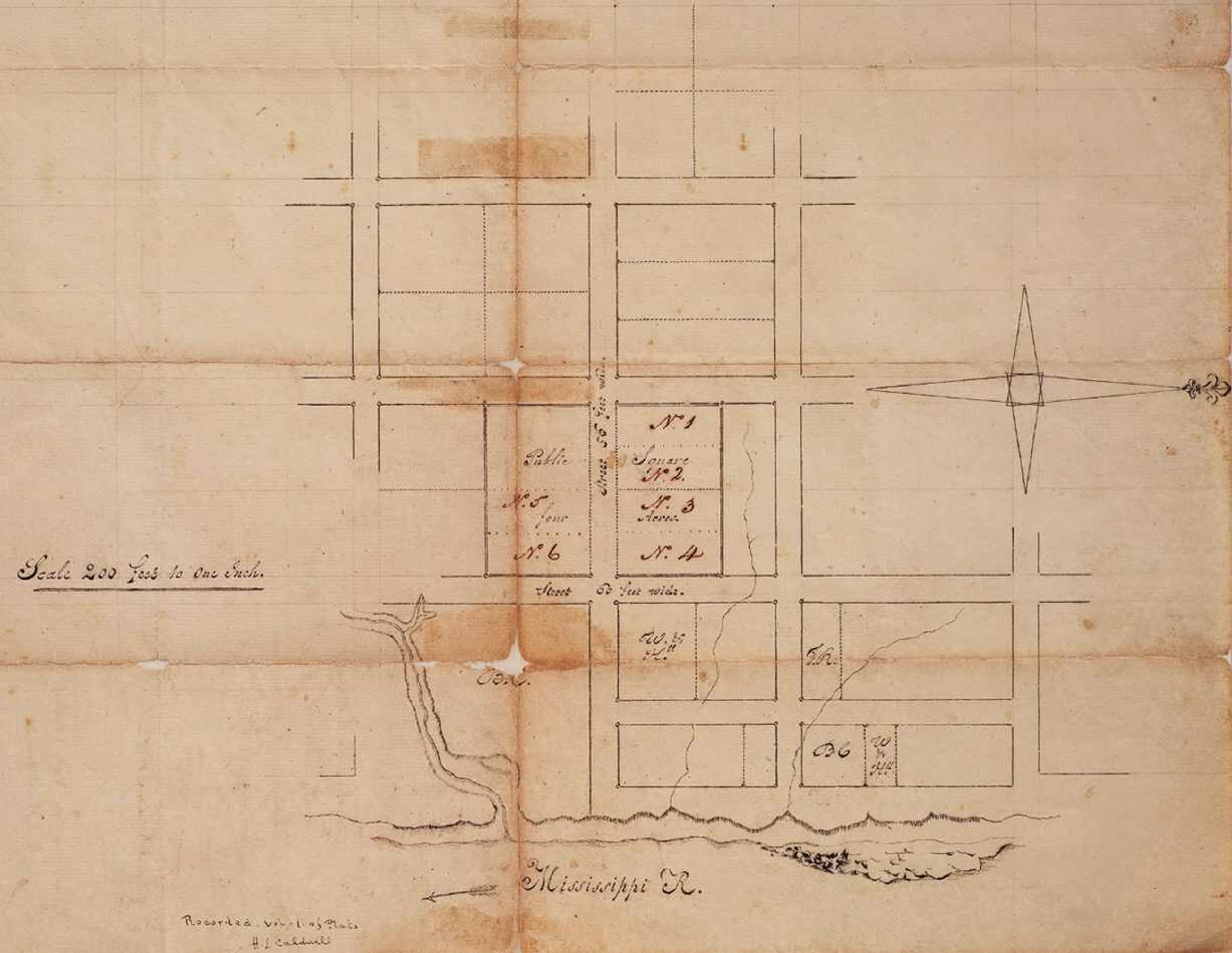Bartholomew Cousin's life in Southeast Missouri
Bartholomew Cousin filled several roles between the 1790s and his death. Prior to Cousin's arrival in "Louisiana", Louis Largeau was Lorimier's long-time associate, assistant and secretary. Lorimier employed Largeau from 1769, when he traveled from Quebec to the Old Northwest. Largeau kept Lorimier's journals until Jan. 17, 1795...
Bartholomew Cousin filled several roles between the 1790s and his death. Prior to Cousin's arrival in "Louisiana", Louis Largeau was Lorimier's long-time associate, assistant and secretary. Lorimier employed Largeau from 1769, when he traveled from Quebec to the Old Northwest. Largeau kept Lorimier's journals until Jan. 17, 1795.
Largeau failed to mention Cousin, so he came to Cape Girardeau after early 1795. Cousin mentions seeing a list of those who received land concessions dated 1798, so he arrived between 1795 and 1798. Officials quickly recognized Cousin's talents and engaged him to serve as scribe and surveyor. According to Louis Houck in his Missouri history, "Nearly all the immigrants who came from the east side of the river to Cape Girardeau district applied to him to write their petitions for permission to settle and [requests] for land."
Cousin seems to have encouraged American emigration to Spanish Louisiana, but showed particular affinity for Germans who settled on Whitewater River. One of the large land grants Cousin received was adjacent to George Frederick Bollinger's mill tract. Possibly Cousin located the grant on Byrd and Cane creeks with the idea that land in the area would become valuable.
The authorities in Upper Louisiana employed Cousin as a surveyor throughout his life in Cape Girardeau, and this was likely his main livelihood. Don Antonio Soulard, first surveyor of Upper Louisiana beginning in 1795, appointed deputies, or "Lieutenant" surveyors, including Bartholomew Cousin for the Cape Girardeau District. He surveyed over 100 local land grants. Territorial Governor Bates appointed Cousin as County Surveyor in 1814.
Cousin was one of the principal owners of real estate in Cape Girardeau. He platted the town under Lorimier's instructions in 1806, and the streets appearing in that plat are the same that we see today. Prior to that, Lorimier had given Cousin land in downtown Cape in January 1803, including a cabin measuring 18 by 15 feet. Within three years, Cousin bought or traded for land encompassing the area bounded by Spanish, Themis, Independence (at the time, a stream) and the Mississippi. A condition of one deed from Lorimier was that Cousin would provide access across his property to the river.
The specifics of Cousin's work as interpreter for Lorimier and Governor de Lassus are unknown but were highly valued. Nonetheless, he lost to Marie Philip Leduc in an election for translator for the Board of Land Commissioners tasked with confirming land grants in 1805.
Joseph McFerron was both County and Circuit Clerk through much of the territorial period in Cape Girardeau County. However, when voters elected him as a delegate to the Missouri Constitutional Convention in 1820, McFerron appointed Cousin acting Circuit Clerk.
Cousin's engineering and mathematics work were outside his public jobs -- more like hobbies. It is difficult to say since his papers disappeared. One of the most notable of these was a mill, powered by a screw, on a floating platform on the Mississippi. These pursuits may have dominated his later life when he was rich in land.
Connect with the Southeast Missourian Newsroom:
For corrections to this story or other insights for the editor, click here. To submit a letter to the editor, click here. To learn about the Southeast Missourian’s AI Policy, click here.










